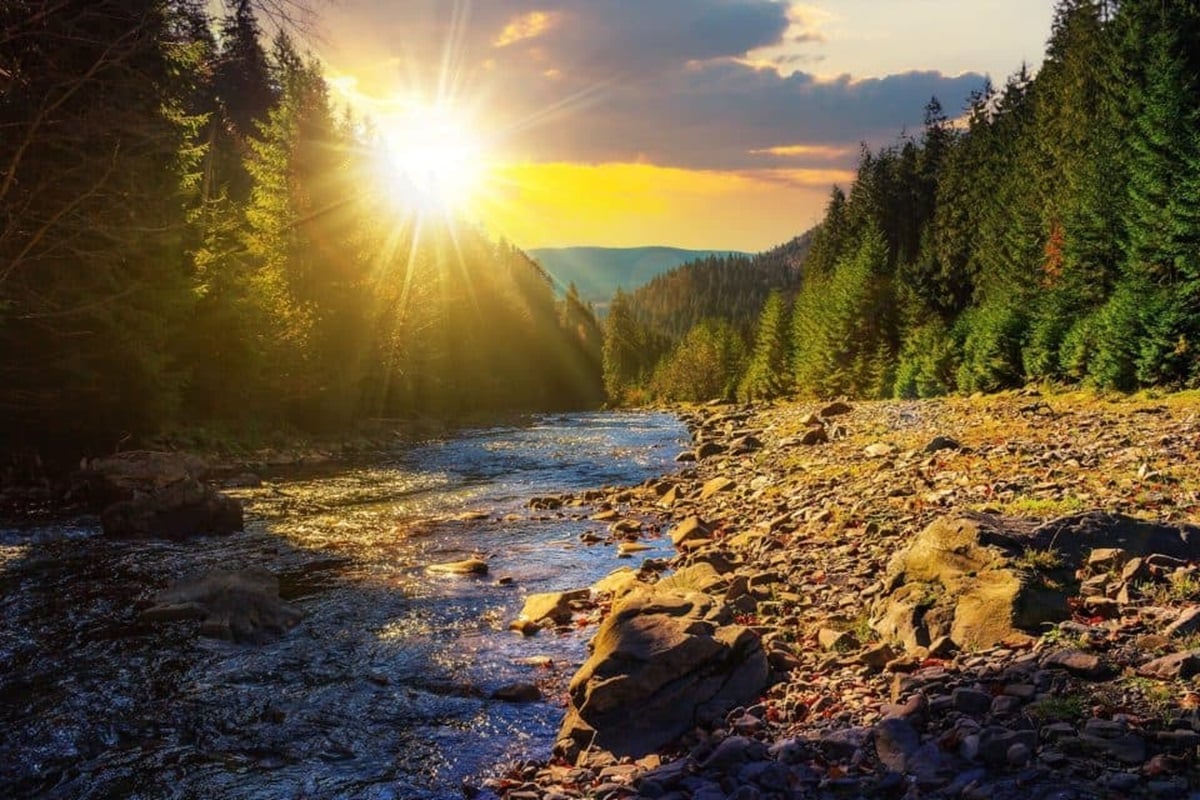The summer solstice transcends mere dates on a calendar; it is a celestial spectacle that marks a pivotal moment in our planet’s annual journey around the sun. As the Northern Hemisphere tilts sunward, we embrace the official arrival of summer, the longest day of the year; a time steeped in ancient rituals and jubilation.

The Dance of Earth and Sun: You can consider Earth as a spinning top, gracefully tilted on its axis. This tilt, our planet’s cosmic pirouette, bestows upon us the seasons. During the summer solstice, the Northern Hemisphere leans toward the sun at its maximum angle. The result? A sun-drenched day, the zenith of sunlight, and the briefest of nights.
The Astronomical Details: The exact solstice date varies—June 20th, 21st, or 22nd—depending on the year and your time zone. It’s essential to distinguish this astronomical start of summer from the meteorological start (always June 1st), which simplifies weather tracking.
Sun at Its Zenith: On this day, the sun ascends to its highest point in the Northern Hemisphere sky. As it orbits the sun, Earth’s axial tilt orchestrates this celestial ballet. For a fleeting moment, the sun seems to pause at its peak—a solstice stillness—before embarking on its gradual descent, signaling shorter days ahead.
Ancient Reverence: For millennia, the summer solstice has captivated cultures worldwide. It symbolizes joy, abundance, and our profound connection to the natural world during the sun’s longest reign. Ancient civilizations wove solstice significance into their spiritual practices and architectural marvels.
- Egyptian Precision: The pyramids’ alignment allowed the sun to perfectly illuminate specific chambers and passages during solstices.
- Mayan Wisdom: Mayan observatories tracked the sun’s movements, and temples aligned with solstice sunrises or sunsets.
- Stonehenge Enigma: England’s Stonehenge, a prehistoric monument, stands as a testament to our enduring fascination. On the summer solstice, the sun rises precisely over the Heel Stone, possibly tied to fertility rites or agricultural cycles.
Global Traditions and Festivities:
- Midsummer Revelry:
- Scandinavian countries embrace Midsummer, a vibrant celebration.
- Bonfires blaze, symbolizing the sun’s life-giving energy. Communities gather, basking in warmth and light.
- Flower crowns adorn heads, celebrating nature’s peak abundance.
- Dancing Around Maypoles:
- Midsummer dances, often around decorated maypoles, unite people in joyous movement.
- Families and friends feast on seasonal delights—new potatoes, pickled herring, and strawberries—extending celebrations into the luminous night.
- Stonehenge Sunrise:
- Thousands converge at England’s Stonehenge each year.
- The ancient stones frame the solstice sunrise, evoking awe and reverence.
- Participants share a tangible link to past knowledge and the rhythms of Earth.
- Festivals of Light:
- Across cultures, solstice celebrations honor light’s triumph over darkness.
- Bonfires, fireworks, and lanterns illuminate the night.
- Times Square hosts “Solstice in Times Square: Mind Over Madness Yoga,” transforming a bustling hub into a serene yoga haven.
As the sun reaches its zenith, we join hands across time, celebrating the cosmic dance that unites us all.
Leave a Reply